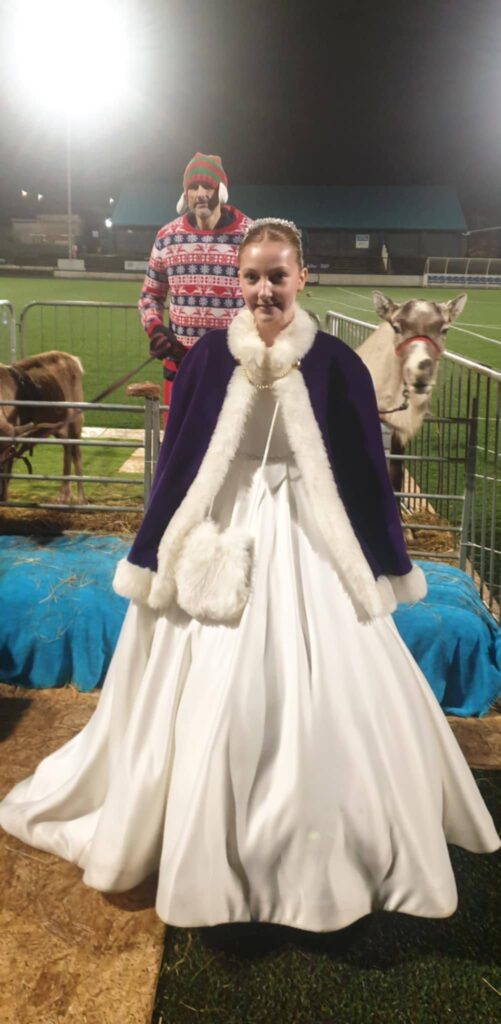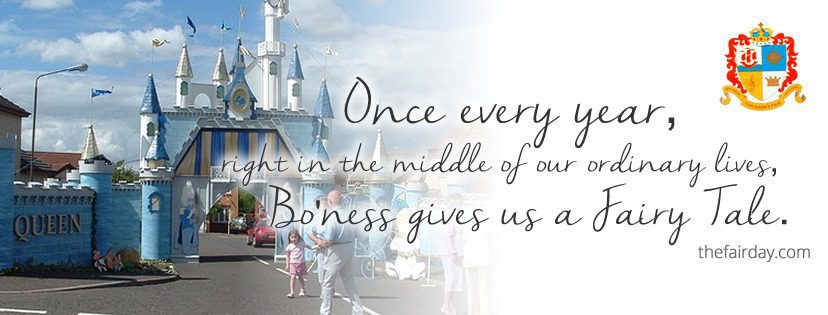One hundred years have gone by since the doors of Kinneil School were first opened to accomodate the children of the West end of Bo’ness. Not only did it cater for the needs of primary children, but was also used for those of secondary standard. The subjects taught, were mainly to be of assistance in their working lives after school, although Latin and French were included in the curriculum.
Girls learned the skill of housewifery, and the boys woodwork. Now, of course, in these days of equality of opportunity they are subjects enjoyed by both sexes. Teaching in this era seems to have been a straightforward occupation, and once the necessary knowledge was acquired, the only other tool of the trade was the ” Thong.” This implement saved a lot of time and energy and often did more talking than the teacher.
The old school building when first constructed was ultra modern, and much time it was said was spent on the ventilation. By the time I attended Kinneil the so-called ventilation was reminiscent of sitting in a wind tunnel. My memories of the ” Old School ” in Deanfield, although in the dim and distant past are still quite vivid. They begin on the journey down through ” Castleloan,” when we kids would call in at ” Minnie Mulholland’s ” wee shop to spend our treasured pennies. In those days a penny was actually worth something.
” Minnie, ” mother of Tom ( much respected local shop owner ), was a mild mannered lady with an everlasting smile. Although constantly frustrated by noisy children who could never decide what to choose from the wide array of sweets kept in the tray, she always remained calm. While minds jumped from Bogeyman rock to Luck-tatties, she stood patiently waiting for the final decision.
” Tom ” who had inherited his mother’s cheery nature, always had time to brighten the dullest day with a joke or two, until 9 o’clock struck and we ran off to reach the playground before the bell stopped ringing. Once inside the building the scene which I remember best in my minds eye is always of the school in winter. The classrooms were small in width, the ceilings high, and although the windows stretched endlessly to the ceiling the room seemed devoid of sunlight and colour.
A blazing open fire greeted us in the morning, but the warmth snatched as we lingered in passing was the only heat felt all day, unless you were lucky enough to sit in the front row.
To the fore of this warm glow stood ” Miss Mary Ross,” a teacher who is fixed in my memory vividly. A silver haired lady with an enormous heart. Mary was a very popular figure in the town and her straightforward manner made her approachable by all. My mother, who proudly called her a friend, never tires of telling endless tales of the exploits of youth.
Mary was born in ” Johnston’s Building ” ( recently renovated home of the Journal Office ) in 1894. Her family was one of the oldest known in Bo’ness and had close links with its seafaring traditions, which stretched back into the early 18th century, when the town was one of the country’s principal seaports.
The older readers among you will know her more recent family as that of jewellers. Brother Willie owned the shop in North Street as did his father before him. Mary was educated at Bo’ness Public School, then Anderson Academy. She graduated from Moray House in 1916 and immediately took up her position in Kinneil Primary which she served faithfully for over 40 years.
Away from the classroom her main interests included the Church and amateur dramatics. During the First World War, along with a few other young ladies of the town, she formed a variety group to entertain the troops. After the hostilities ended ” Bo’ness Amateur Operatic Society ” was revived. As Mary was also a trained singer, year after year saw her shine in leading roles.
In 1935 she broke away from the Society and re-entered the drama field, when she became the inspiration and founder of the ” Bo’ness Drama Club.” During the years of World war Two she received recognition for her work in the theatre when she was given a lecturer’s post in Dramatic Costuming at the Glasgow Technical College. Despite a busy lifestyle she still found time to take an active part in the Church and its work with the youth of the town. A member of the Old Kirk, she received a certificate for 33 years’ service to the Church of Scotland.
The Scout movement had the benefit of Mary’s experience and Talents for a great many years. She was Cub Mistress of the 9th West Lothian, then appointed A.D.C. for the Area. A post which she held until illness prevented her continuing. During her stay in Bangour Hospital she was awarded the Scout Medal, but gifted it to Dan Bell who now resides in Canada.
Many charities were wealthier for Mary’s endeavours, including the Red Cross and the Infirmary Day Parades. Concerts were arranged for all who were in need of her services and assistance. In those days cars were few and far between so the local Rambling Club was a busy organisation. Mary, of course, was a keen member, and this maybe explains why in 1939 at the outbreak of the War, when the children of Kinneil weren’t allowed into the school building until air-raid shelters had been installed, the pupils enjoyed their lessons rambling through Kinneil woods.
Her love for Bo’ness and its Fair Festival knew no bounds, and for a great many years she played her part by training the main characters for their role on stage. One of her finest moments came in 1956 when she was asked to crown Grange School Queen Beatrice Stewart. She deemed this a very great honour.
When her final retirement day arrived, her association with the pupils of Kinneil didn’t end there. She continued to visit the school at party time and delighted the children by playing the piano for their games. In summing up her long and fruitful life it can safely be said that it’s doubtful if any one person devoted so much time to the welfare and education of the Bo’ness youth.
Kinneil has had many masters and mistresses who have left their mark one way or another on the area. None more so than Headmaster ” Angus Livingstone.” The respect for him was such that two streets in the Castleloan area were named after him. ” Angus Road ” and Livingstone Drive.”
The school being in the vicinity of Castleloan, Deanfield and the Snab, Kinneil has always had a close association with the mining community. The local branch of the Mineworkers’ Union often provided money for books at prize-giving time. Their generosity was enjoyed in many ways. Before the new school was built the Miners’ Welfare was given freely as a gym hall, and was even used on many occasions as a classroom.
When our present building was opened in 1956, although leaving the old was like parting with a friend, it didn’t take long to settle into the luxurious surroundings that the new building extended to us. Heat on a cold day, inside toilets, and taps that actually had running water.
These pleasantries were for some, however, to be short lived. The following year a high wind carried off part of the roof. The pupils from the damaged classrooms had to sadly return to Deanfield while repairs were done. Since then the Kinneil School. Dean Road, has seen many changes, in pupils, staff, and methods. In this its 100th year it has received yet another boost in the form of Headmistress ” Margaret Doran Connarty.” Backed by her hard working staff she has succeeded since her appointment in giving the children of Kinneil encouragement to stride forward in their education and in their private lives to be achievers. In the last year they have shown their determination in all facets of the curriculum to live up to her faith in them.
It is only fitting that, in this their anniversary year, they have the very special honour of providing Bo’ness with the Fair Queen.
VALERIE McKAY






